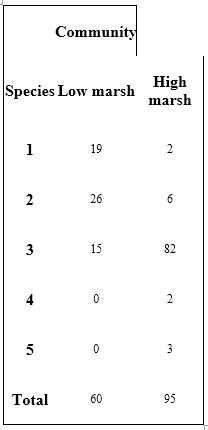Match the scientist(s) on the left with the statement on the right
A) proposed the protein-lipid-protein "sandwich" model of the cell membrane
B) proposed the "unit membrane" model based on electron microscopy images of the "railroad track" pattern of membranes
C) proposed the fluid mosaic model of the cell membrane
D) described the chemical nature of the cell membrane
E) created lipid monolayers from solubilized cell membrane lipids
F) determined the 3D structure of a membrane protein demonstrating transmembrane segments
G) created lipid bilayers from solubilized cell membrane lipids
H) demonstrated that a biological membrane is a lipid bilayer
1) Davson and Danielli
2) Gorter and Grendel
3) J. David Robertson
4) Irving Langmuir
5) Unwin and Henderson
6) Charles Overton
7) Singer and Nicolson
Answers: 1) A 2) H 3) B 4) E 5) F 6) D 7) C
You might also like to view...
How do mitogen-activated protein kinases become inactive?
A. Ras hydrolyzes GTP to GDP. B. Ligand diffuses away from the ligandbinding site. C. Phosphatases remove phosphate groups. D. Receptor kinases move apart in the membrane.
C. hyperpolarized, decreases Upon emerging from a darkened area like a movie theater during daylight, our eyes are initially extremely sensitive to light. This is because
A. our pupils are wide open and take some time to close. B. the proportion of our retinal in the cis- conformation is high. C. the proportion of our retinal in the trans- conformation is high. D. our rods and cones are already highly hyperpolarized from the previous dark conditions. E. All of the answers are correct.
The Shannon diversity index for the low marsh is __.The Shannon diversity index for the high marsh is __.

Fill in the blank(s) with the appropriate word(s).
Which of the following is major shortcoming of swimming in South American waters inhabited by candirus?
a. Their behaviour to lead into the urethra of an animal urinating while submerged in water. b. Their behaviour to lead into the anus of an animal while submerged in water. c. Their behaviour to lead into the nose of an animal while swimming in water. d. Their behaviour to lead into the ears of an animal while swimming in water.